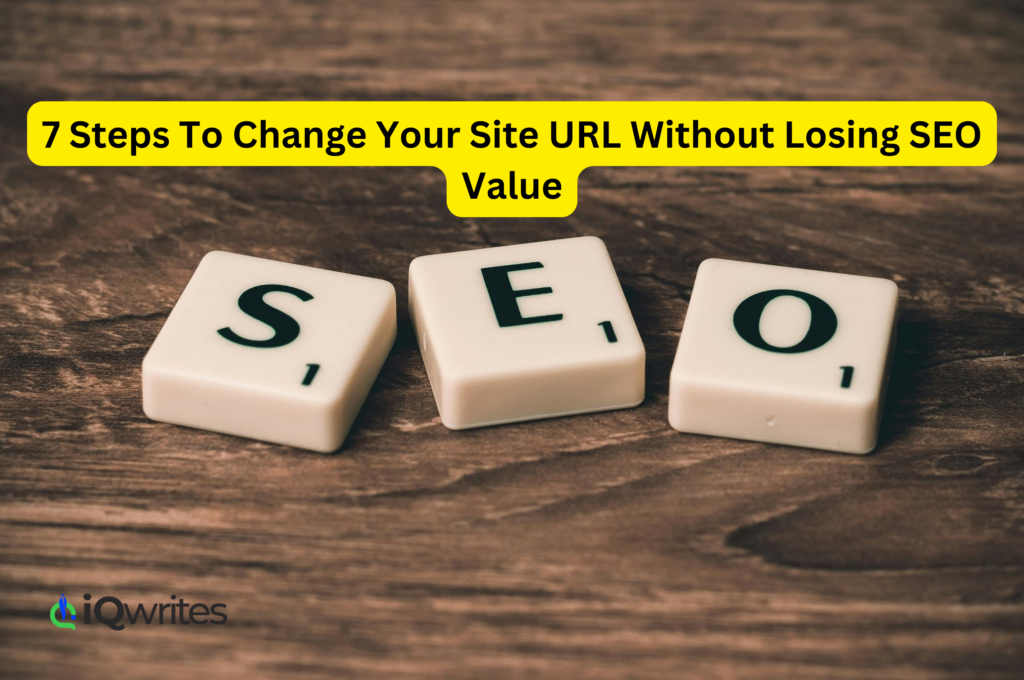Accessibility SEO is the practice of optimizing websites to be inclusive for users with disabilities while improving search engine visibility. Google values user experience, and an accessible website ensures that all visitors, including those with impairments, can navigate and interact with your content effectively.

In this guide, we’ll explore why accessibility matters for SEO, how it impacts rankings, and essential strategies to implement accessibility-friendly SEO practices.
Why Accessibility Matters for SEO
Search engines aim to provide the best user experience by ranking websites that are user-friendly and accessible. Here’s how accessibility enhances SEO:
1. Improved User Experience (UX)
An accessible website enhances usability for all visitors, reducing bounce rates and increasing engagement—two factors that positively impact search rankings.
How To Improve Organic Search?
2. Compliance with Web Accessibility Standards
Following Web Content Accessibility Guidelines (WCAG) ensures your site meets global standards, making it more indexable by search engines.
3. Better Readability for Search Engines
Accessibility features, like alt text and semantic HTML, help search engines understand content better, leading to improved indexing and ranking.
7 Best Free SEO Tools For 2024
4. Increased Website Traffic
An inclusive website attracts a broader audience, including users with disabilities, leading to more traffic and potential conversions.
5. Voice Search Optimization
Accessible websites are well-structured and optimized for screen readers, which aligns with Google’s emphasis on voice search and AI-driven search results.
Key Accessibility SEO Strategies
1. Optimize Alt Text for Images
Alt text describes images for visually impaired users and helps search engines understand visual content. Ensure it’s descriptive and includes relevant keywords naturally.
2. Use Semantic HTML Tags
Proper use of HTML elements like <header>, <nav>, and <article> improves website structure, making it easier for both users and search engines to navigate.
3. Improve Website Navigation
- Implement keyboard-friendly navigation.
- Ensure clear and logical site structure.
- Use ARIA (Accessible Rich Internet Applications) landmarks where necessary.
4. Enhance Readability with Proper Contrast & Font Sizes
Ensure sufficient contrast between text and background to improve readability. Use legible fonts and maintain a minimum font size of 16px for better accessibility.
5. Provide Transcripts & Captions for Multimedia
Videos and podcasts should include captions and transcripts to improve accessibility and enhance search engine visibility.
6. Optimize for Voice Search & Screen Readers
- Use conversational keywords for voice search optimization.
- Ensure correct heading structures (H1, H2, H3) for easy navigation.
7. Ensure Fast Page Speed & Mobile Accessibility
A fast-loading, mobile-friendly website is crucial for both accessibility and SEO. Use Google’s PageSpeed Insights to analyze and optimize performance.
Final Thoughts
Accessibility SEO is a win-win strategy that enhances user experience, expands audience reach, and improves search rankings. By implementing accessibility-friendly SEO tactics, you can create a more inclusive digital experience while boosting your website’s performance in search results.
Want to improve your website’s accessibility and SEO? Start optimizing today!

